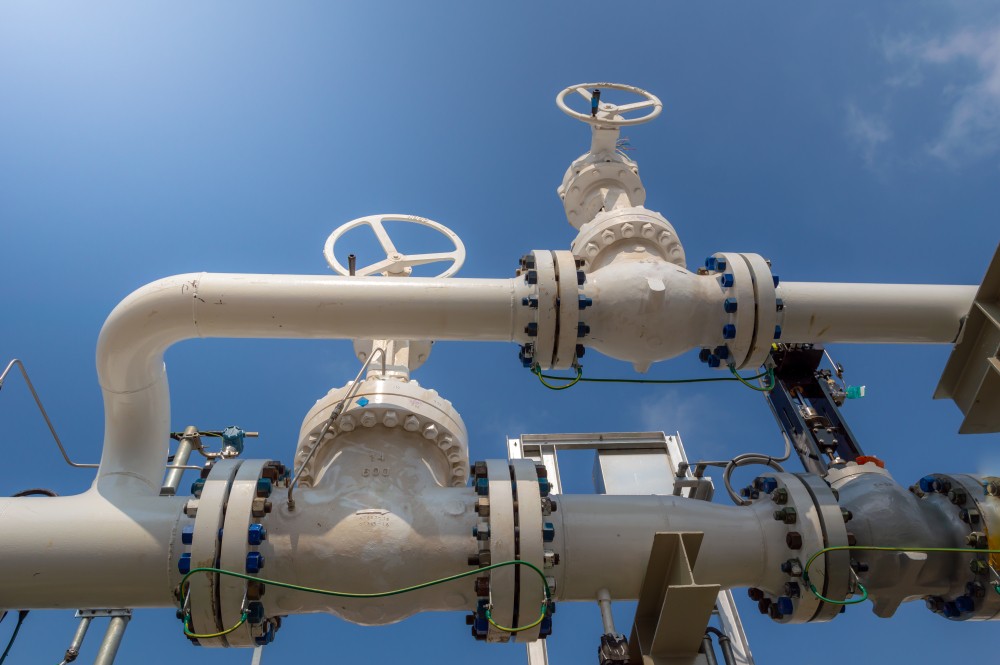Quick Look
- A Senate deal to enhance border security and manage immigration faces obstacles from House Republicans.
- The Congressional Budget Office (CBO) forecasts a labour force boost of over 5 million from immigration over the next decade.
- Immigration might contribute nearly $7 trillion to the GDP and $1 trillion in federal revenue within the same period.
- A demographic shift in migration patterns has been observed since 2014, with more families and children arriving from beyond Central America.
- The CBO predicts the current immigration surge to continue until 2026 amidst uncertainties, including the upcoming presidential election.
- Economic benefits of immigration include a larger labour force and higher GDP against challenges like increased federal spending and local burdens.
A bipartisan Senate initiative aimed at bolstering border security and addressing immigration issues has encountered significant opposition from House Republicans, resulting in a stalemate. This deadlock highlights the intricate relationship between immigration policy and national economic interests, with immigration being a key factor in U.S. population growth and labour force expansion, now at the centre of a major legislative impasse.
Immigration’s Economic Boon
The Congressional Budget Office (CBO) presents optimistic forecasts on immigration’s impact on the U.S. economy. Over the next decade, immigration is expected to increase the labour force by over 5 million people, significantly boosting the nation’s economic vitality. Additionally, the CBO projects a nearly $7 trillion growth in Gross Domestic Product (GDP) and a $1 trillion increase in federal revenue, underscoring immigration’s crucial role in promoting economic growth.
Shifting Migration Patterns and Future Projections
Since 2014, migration patterns have shifted, with more families and children from regions beyond Central America seeking asylum in the United States. This change aligns with record-high border encounters, which peaked at 1.6 million in 2000 and have surged again since 2019. The CBO expects the trend of increased immigration to continue until 2026, though it notes the uncertainties involved, such as the impact of the next presidential election on immigration policies.
Weighing Economic Benefits Against Challenges
The economic advantages of immigration—expanding the labour force, enhancing GDP, and boosting federal revenue—are evident. However, the analysis also highlights the challenges, including increased federal spending and significant impacts on communities where migrants predominantly settle. Despite these issues, the broader economic and political context indicates that immigration is a net positive for the U.S. economy, contributing to its resilience against unemployment, inflation, and other macroeconomic pressures.
Navigating Pre-Election Immigration Policy
With another presidential election on the horizon, the debate on immigration policy becomes increasingly critical. Finding a balance between the economic benefits of a robust immigration system and the need for effective border security and integration policies is essential. The current legislative deadlock not only illustrates the divisive nature of immigration issues but also emphasizes the need for a bipartisan approach to leverage immigration’s benefits for the U.S. economy fully.










COMMENTS